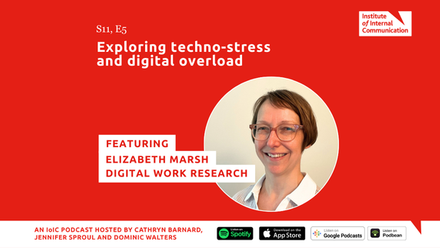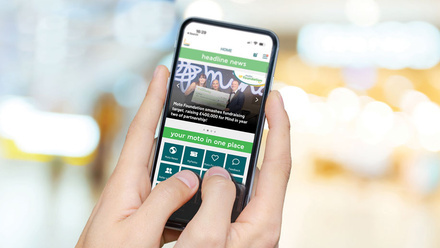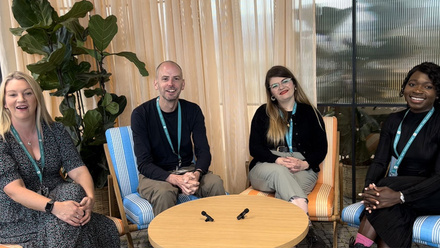Blending electronic, hard copy and face-to-face communications, widely regarded as the best way to connect and engage, now looks more like full-time video or telephone calls, email and perhaps WhatsApp groups. In-person meetings, forums and briefings have all but disappeared; and IT, HR and communication teams continue to find ways to engage colleagues effectively.
It's been difficult to know how to respond without knowing if the solutions are for the short, medium or long term. Some have moved everything 'virtual', switching what they had before to online – but it's important to make online communications engaging, rather than something to simply sit and watch.
Towards the end of last year, I got together with Hugh Valentine from Microsoft Technology specialists Valto and Clare Milsom from creative communication agency Ocuix – virtually, to investigate this a little further. I discovered that there are multiple options within Microsoft 365 (MS365) and Teams which can help two-way communication, regardless of the size, scale or geographical footprint of the business (see below). MS365 provides an integrated and seamless solution, without the need for new software or additional licence fees.
The question is, do organisations realise the potential of MS 365 and Teams, and how this can help with internal communications and engagement?
With a remote or disparate audience, we need to think carefully about how our colleagues like to receive the information and the balance of channels we should use.
It isn't easy to make live events, colleague briefings, videos and streams as engaging as they can be in person. But if you have a platform that is already in place within your organisation, and it has the capability you need, then you have a great starting point. Making the whole integration attractive, engaging and appealing is what will draw people to use the channels.
Smaller, more concise pieces of content can get the message across and it's important to remember attention spans, particularly in a technological setting. Having your content in multiple forms on multiple channels will give you more confidence that colleagues will get the information they need in a format they can connect with.
How can Microsoft 365 and Teams help internal communication and engagement?
MS365 is developing at a rapid rate. Hugh, Clare and I produced a webinar to describe how the software can support an all-colleague briefing to showcase MS365 and Teams. This focused on functionality in the context of internal communications and engagement, and includes:
- Intranet: SharePoint has the capability to create a compelling and engaging intranet site, visually led and tailored to accommodate different requirements across the business – for example, different geographies with foreign languages or functional and sector specific needs.
- Microsite: An area within SharePoint, dedicated and tailored to an event, capable of showing content with links to find more information, the latest business strategy presentation, biographies of guest speakers, or logistics for the event itself.
- All-Colleague Team area: A forum for real-time colleague engagement - for example, promoting briefings and events, commenting, tagging colleagues, making a suggestion or asking a question. If you're included in someone else's post, you'll receive an alert, as you do with social media.
- Breakout room functionality: Incorporating breakouts into your meetings or events maintains energy and focus, so finding a way to do this remotely is important. Within the breakout, you can access the whiteboard to capture notes, actions and outputs of your discussion, before transferring them to a Word document for future reference.
- Live events functionality: This is scalable depending on what level of production you want or need. Using live events can be simple and easily delivered or you can really raise production values by making use of some additional software or even a full audiovisual crew as you may have done at a face-to-face event. Although this is an opportunity to move events online, potentially saving costs, there are some key things to think about:
- High quality audio: People can cope if they have a fuzzy picture or can't quite see the information, but if they can't hear properly, they will switch off. Investing in some audio equipment for in-house use or getting advice from a specialist will prove invaluable and doesn't have to cost the earth.
- A great picture will help keep colleagues connected, particularly if the content is strong. A great picture means eye contact, being able to look directly towards the camera lens, having the right lighting and a clear frame and thoughtfully prepared background.
- Additional mixing software can also help to produce graphics, create layouts and switch between presenters.
Links between the channels can be seamless and colleagues would be working with a familiar interface. Providing a solution that helps colleagues choose the channel they connect with and to engage with the content and fellow colleagues helps shift internal communications from a news provider to a facilitator of conversation around the business.
MS365 and Teams has a lot to offer – what do you think?
The webinar referenced in this article can be accessed here






